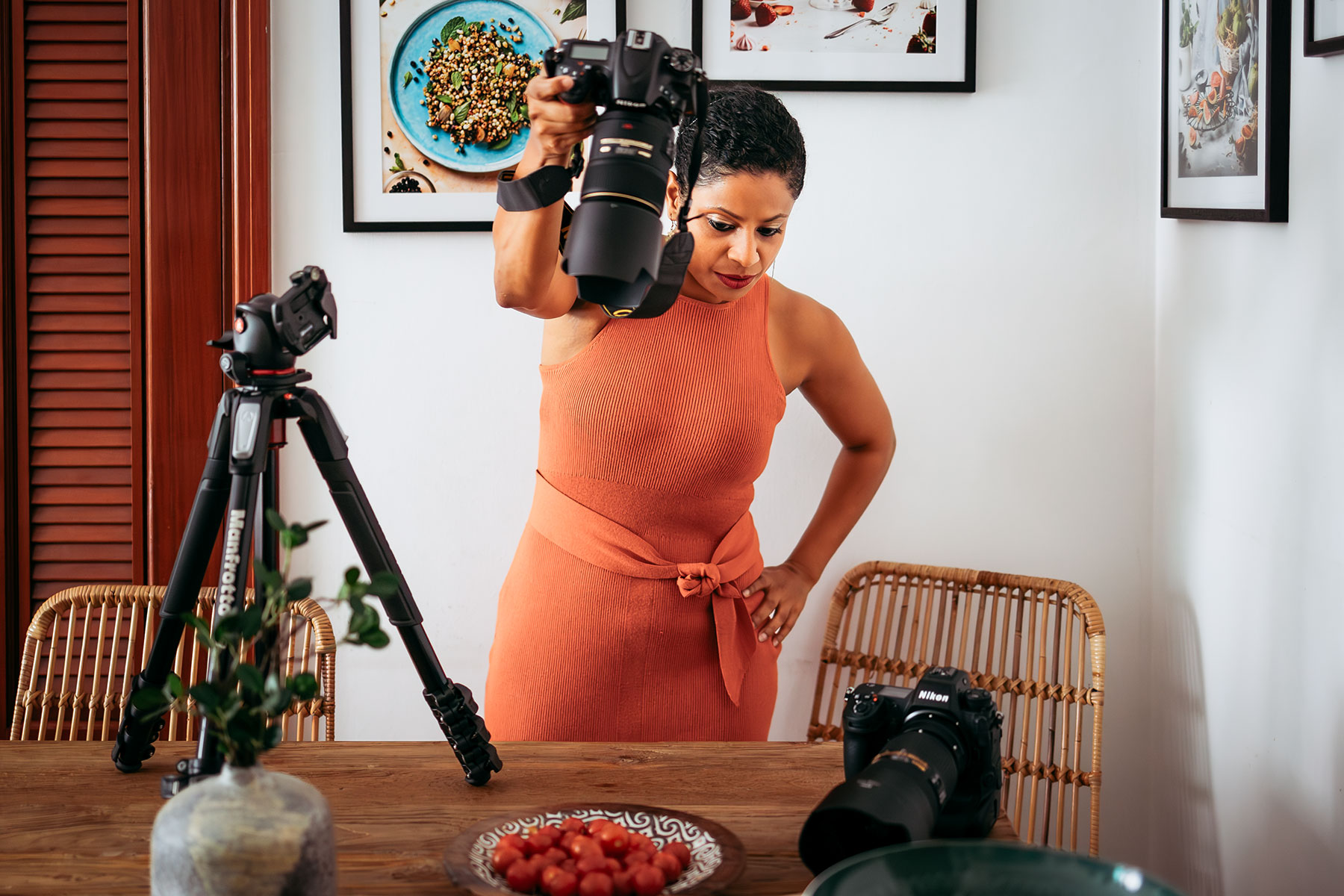Behind the lens with Dyutima Jha
It seems commonplace to hear about a career change. Maybe it’s your friend finding themselves as a sailing instructor in the Caribbean instead of a desk job. Or another suddenly getting into geocaching. But Dyutima Jha took an unconventional approach to that. Formerly an architect, DJ (as her friends call her) took to food photography. We must say that the change paid off. With the help of MPB, we were able to send DJ some new equipment and get a look into the delicious life of a food photographer.
Where do you find inspiration for your recipes and photography?
Dyutima Jha: Inspiration to an artist can come from anywhere. It could be a trip to the farmer’s market seeing the beautiful produce, it could be an afternoon working in the kitchen seeing the sunlight dancing around, it could be a walk in nature seeing colors interact with each other.
For me, the color and texture of food is most inspiring. I was an architect before I switched to photography so I’m extremely drawn to geometry. Something like the fascinating shapes of ingredients or the unique color of a food that makes a bold palette get me excited to explore them through my lens. When I look at a certain food, I imagine how light would fall on it, how it would reflect the highlights and create mystical shadows.
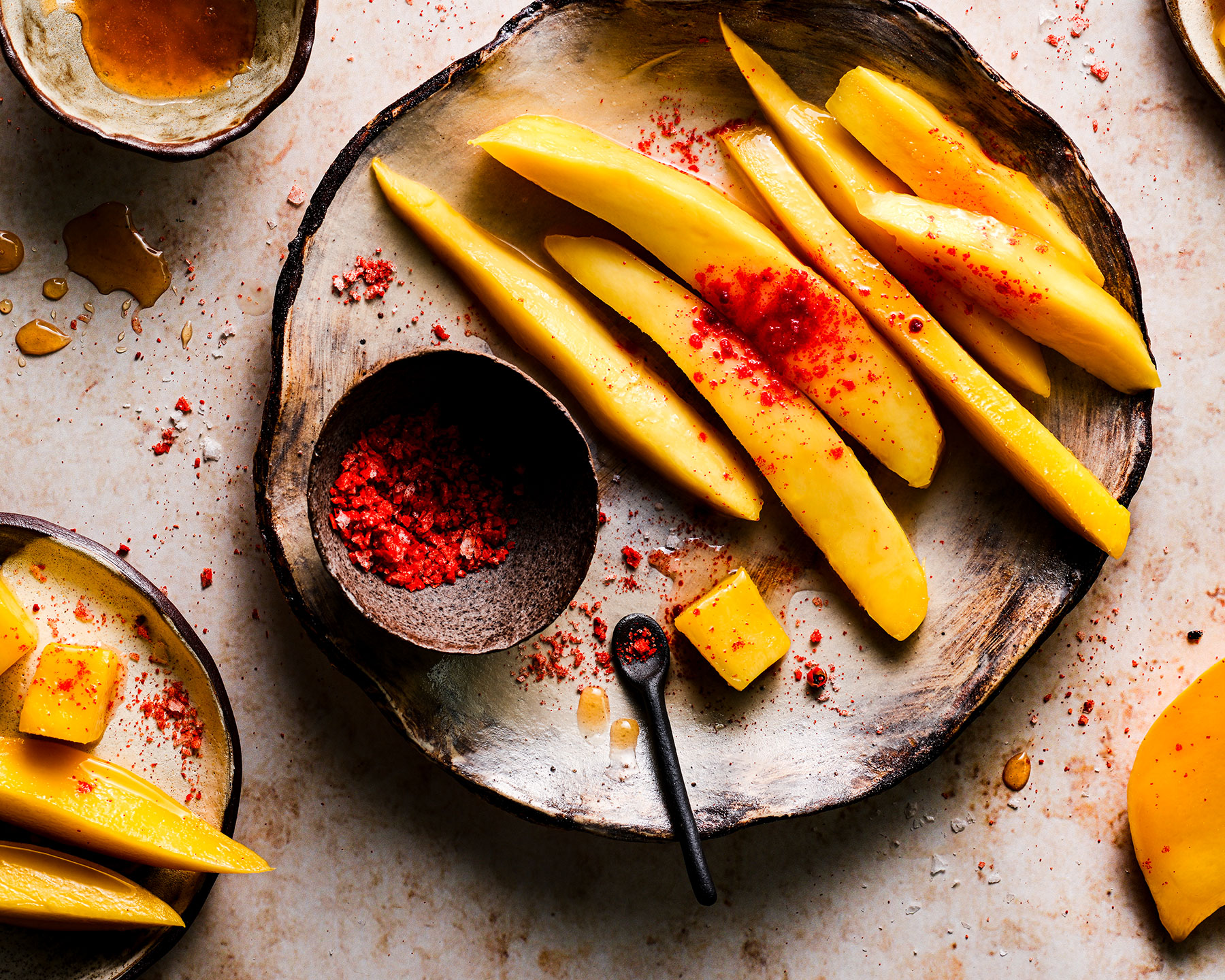
My recipes are inspired by my love for surprises. I love tasting the unexpected in food and that’s why I like unusual pairings or unconventional combinations. While balance and burst of flavor is essential, I also pay close attention to the color and aesthetics of the food that I create through my recipes. We eat with our eyes first, so any recipe I create needs to have high visual appeal.
Have you ever made and photographed something that looked and sounded beautiful, but you ended up not liking the way it tasted?
DJ: During one of my wild adventures in the kitchen, I made a green pepper and avocado ice cream with hibiscus syrup. It was a beautiful green color with swirls of dark hibiscus syrup running through. I even photographed it, and it looked very appetizing, but no one at home wanted to try it. It took forceful handing over of bowls into their hands to make them dig into green pepper ice cream. Let’s just say that there was a lot left over. The first and last time I made that ice cream.
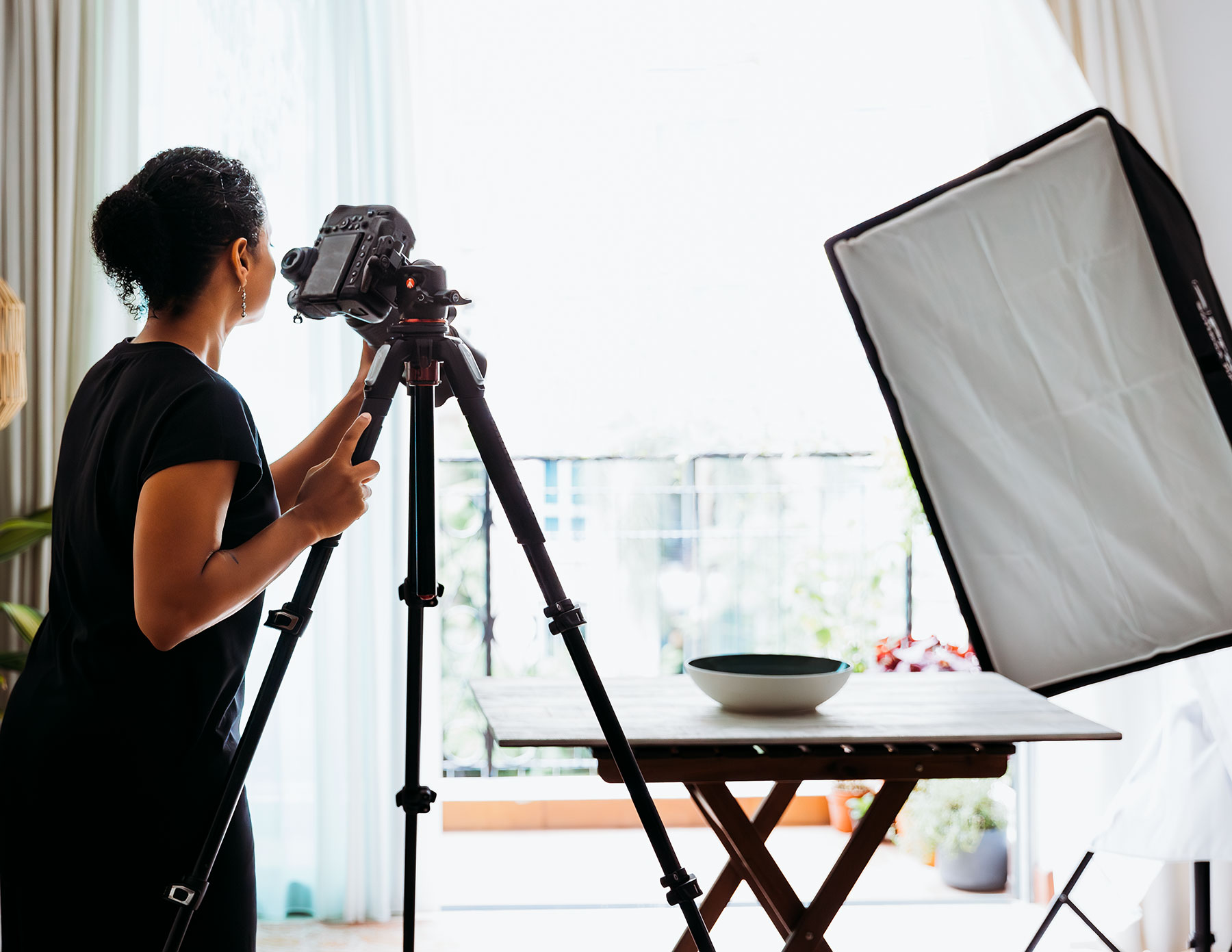
You can only eat one meal for the rest of your life, what is it?
DJ: It has to be biryani. It’s an Indian dish made with rice that is slow-cooked in layers of spices and meat. It is fragrant, complex and simply divine. There are many versions of Biryani, but for me, it has to be my mom’s recipe. Low on chilli, high on flavor, marinated in fresh herbs and cooked with lots of fried onions. It is heaven on a plate.
How did the MPB gear assist you in your shoot? Is this something you would recommend to other photogs and those just starting out?
DJ: I used the latest mirrorless Nikon camera, worth over $5,000 and the 24-70mm Nikon lens, from MPB. Shooting with the MPB gear was incredible because it gave me a chance to work with equipment I don’t currently own. I’m a huge advocate of buying only as much as necessary. A lot of photographers have the perception that they need the latest and the greatest to be able explore photography or take it up professionally. And that’s not true.
The gear we own should streamline our workflow, allow us to create the kind of photography we want to be hired for and help us get more efficient. It is not always possible to know how a piece of gear will perform in our workflow and whether it is a good fit. Spending money on expensive equipment only to realize that it doesn’t serve well, is such a waste.
MPB makes buying, selling and trading photography so easy for us that we can not only buy equipment at a lower cost but also sell or trade it in if it doesn’t work for us.Having access to gear ranging from old to new models and across multiple photography brands and price ranges gives us the opportunity to try, test and decide whether they meet our creative needs and budget allowance. I would most definitely recommend other photographers to try it out if they want to explore new equipment at affordable prices.
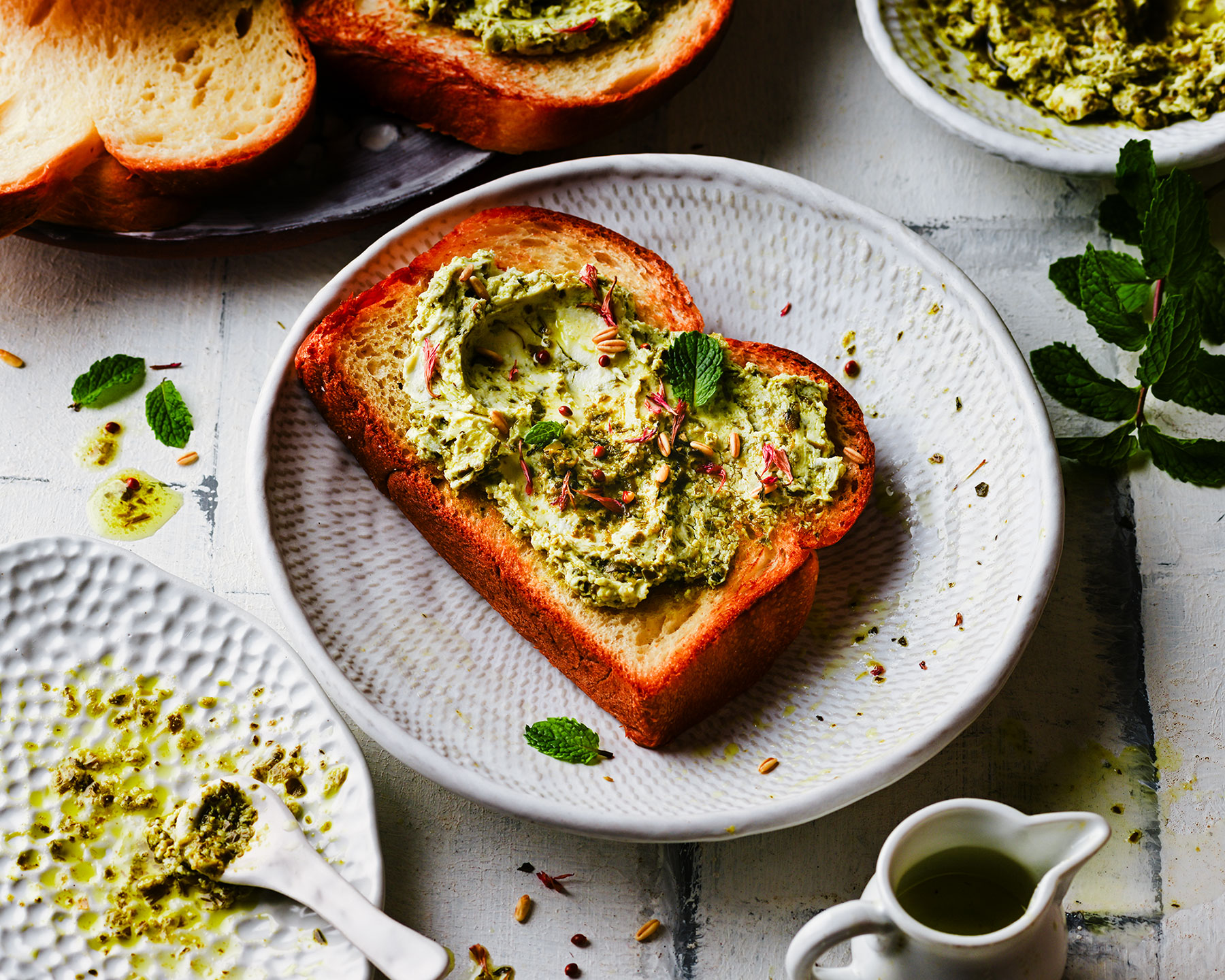
How does your love of food photography translate into your personal life? Do you always plate your food aesthetically? Do you always cook elaborate meals?
DJ: My love for food photography translates into my personal life in many ways. I’m definitely particular about how food is served on my plate, whether it has a balance of flavors and a pop of garnish. The aesthetics of plating and the depth of flavors even in everyday food is a given but I also buy interesting food for my personal photography projects to experiment new techniques or try new compositions or for the joy of photographing. A consequence is that my fridge is always overloaded, the chill tray is falling apart & the freezer is exploding at the seams because of all the food purchased for photography.
But from a deeper perspective, my passion for what I do translates into the way my 4 year old daughter sees the world. She understands that art can be a professional career. She realizes that her mom and dad hold an equal status in the family even though mom runs a business and dad is in the corporate world. She also sees that having a career is not enough, but loving your profession is even more important. She observes and understands many of the finer aspects of being passionate about what you do and to me, that is the most rewarding translation of my love for photography into my personal life.
Is there a message you want people to take away when viewing your photographs?
DJ: Food photography exists in many forms, and yet, it is only now surfacing as a powerful genre of photography. Every food photo is a labor of love because it is created from scratch, conceptualized, cooked, styled, and then photographed. Unlike other genres of photography, the scene for a food photo has to be created by the photographer. Everything from the setting, the mood, and the composition has to be styled from scratch.
Often food photography is mistaken as a point-and-shoot skill: point at the food and shoot with the camera. But food photography is far more complex than that. It requires not only technical skills but also a high level of creativity. Food does not occur naturally like mountains and forests. It does not smile like people. Food does not race like sports cars. Landscape, portrait, sports, and other forms of photography are different from food photography in this respect.
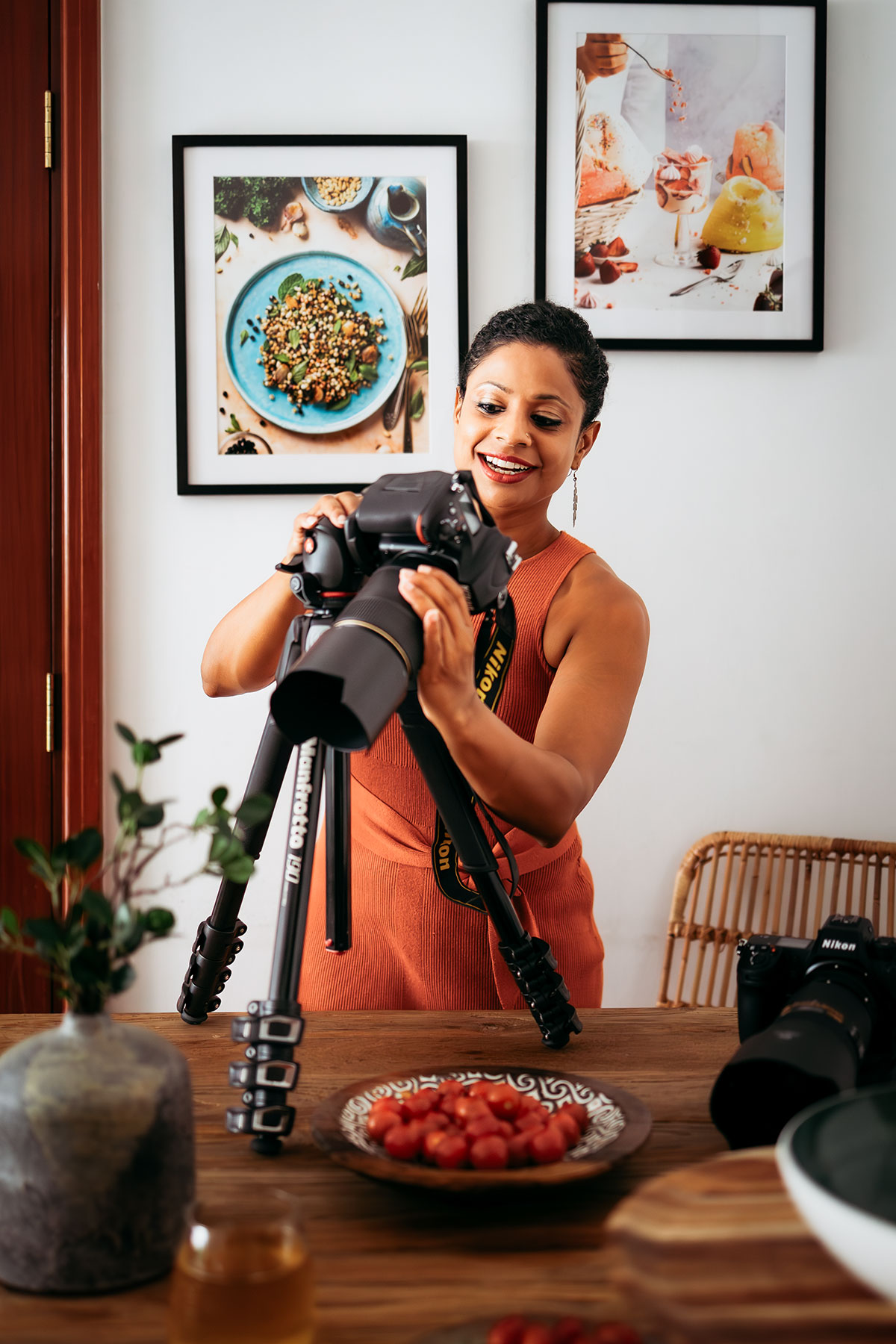
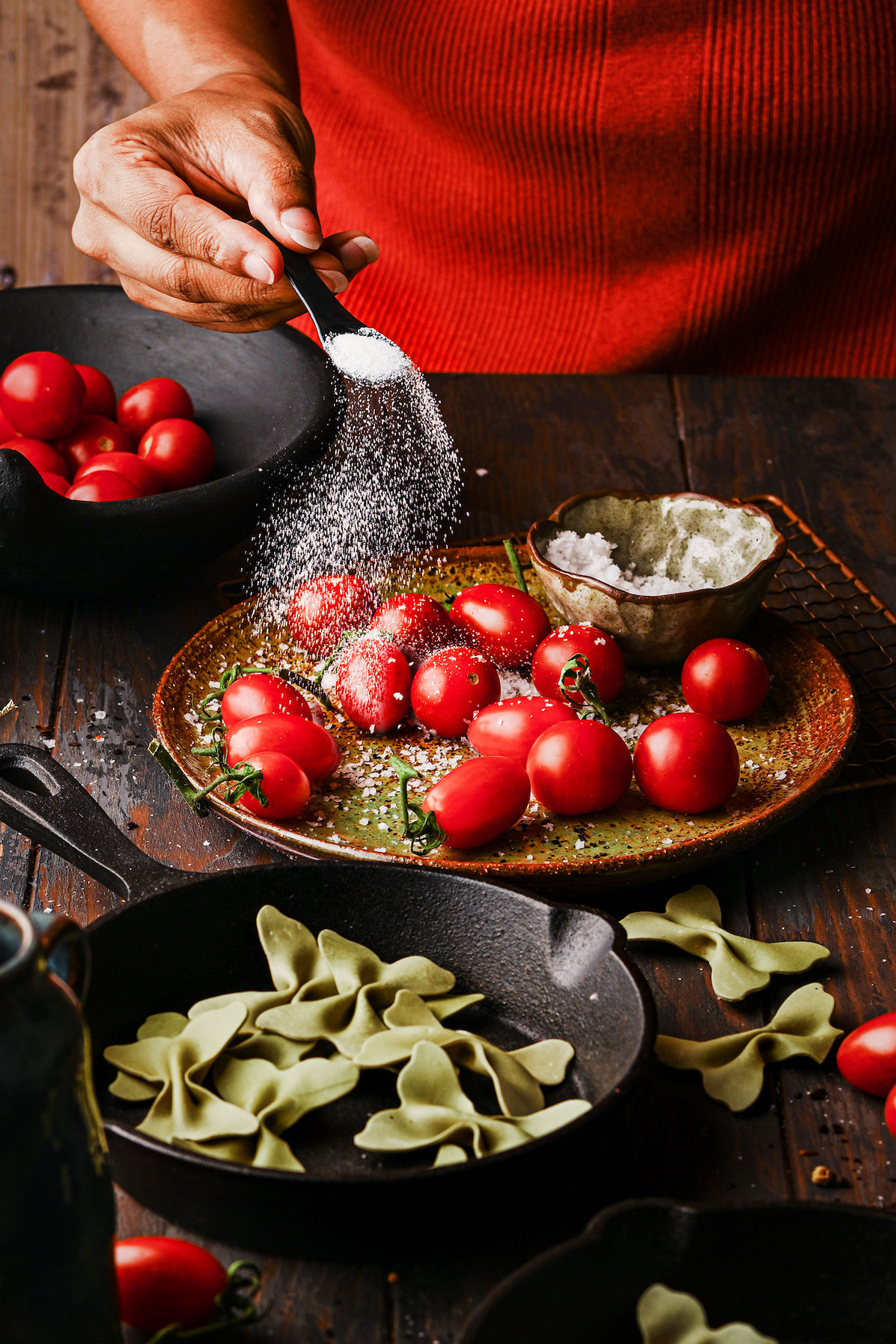
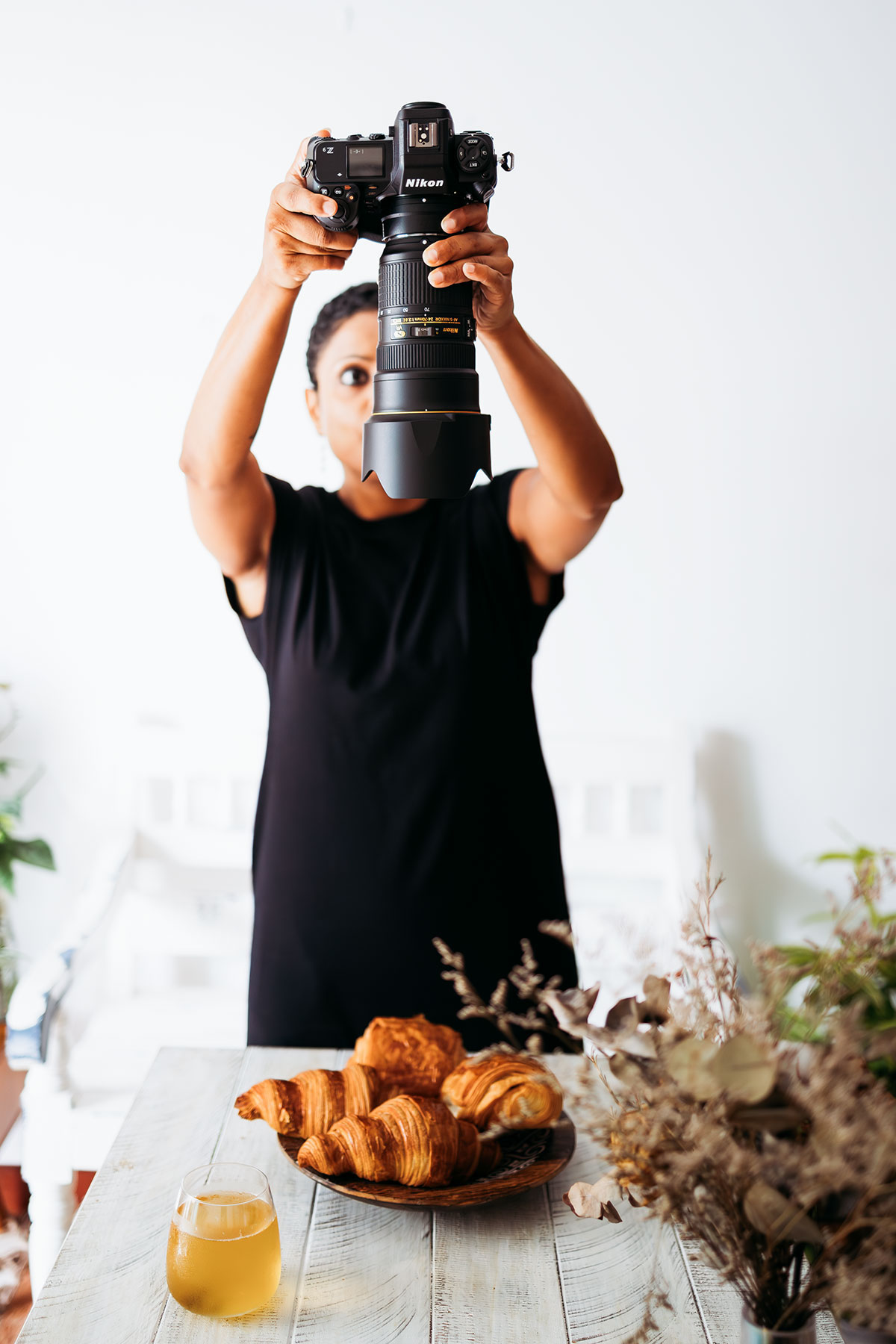
Food photographers are storytellers who tell a story with food and make a viewer visualize what it would be like to be in the scene and experience that food. Whether it is a food photo in a magazine, on a menu board, large burger photos on the expressway, or the tiny thumbnails on your inflight menu card – every food photo has a story, and it takes hours of labor to create it.
Sensitive subject: Thoughts on pineapple on pizza?
DJ: Why not! Just like my photography style, I am all about exploring flavors that are uninhibited. Food choices are so subjective, and I’m an advocate of “to each their own” when it comes to flavors.
I love pineapple on pizza. If you look at it, cheese and pineapple is actually a classic combination. It’s just turned into a pizza. In fact, I love to add jalapeno to my pineapple pizza & some chili oil for that hot, sweet, savory explosion of flavors. What’s not to love?
For more from Dyutima, check out her social and her website.

